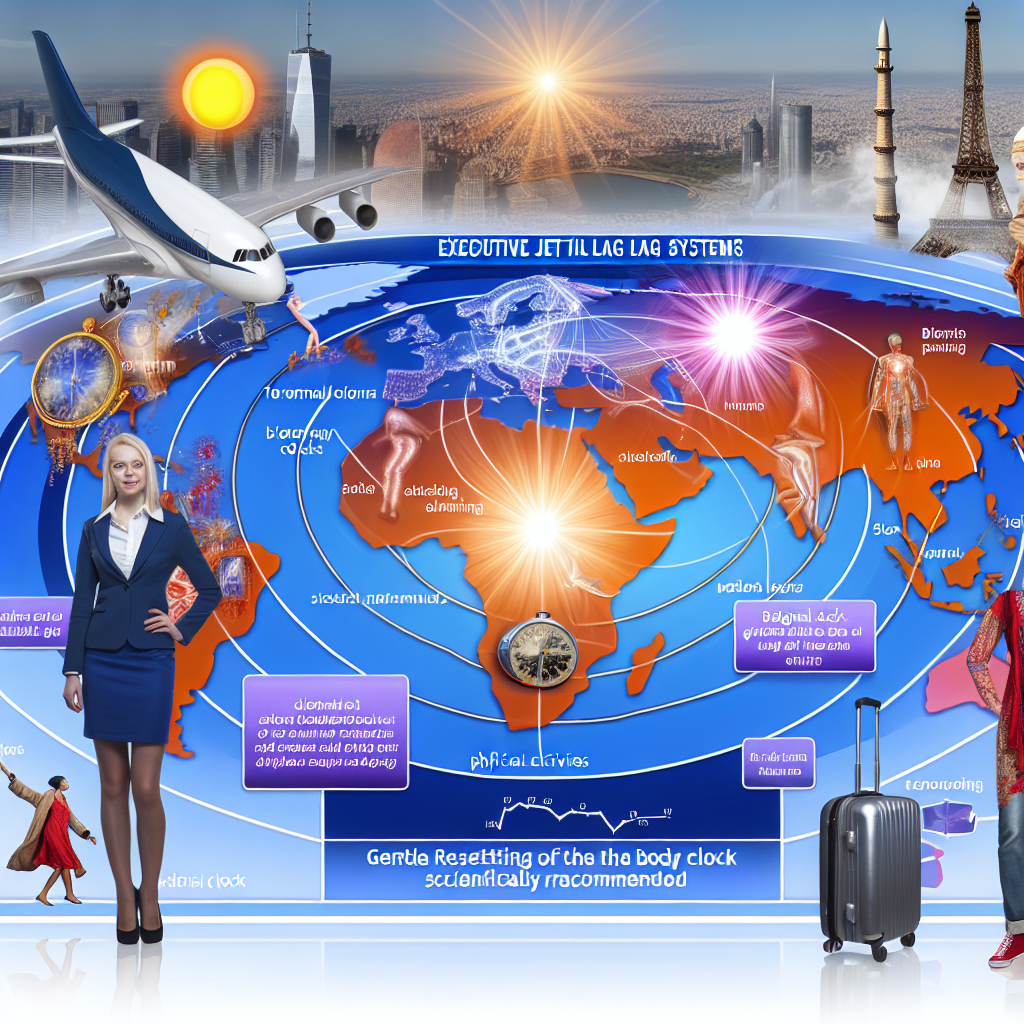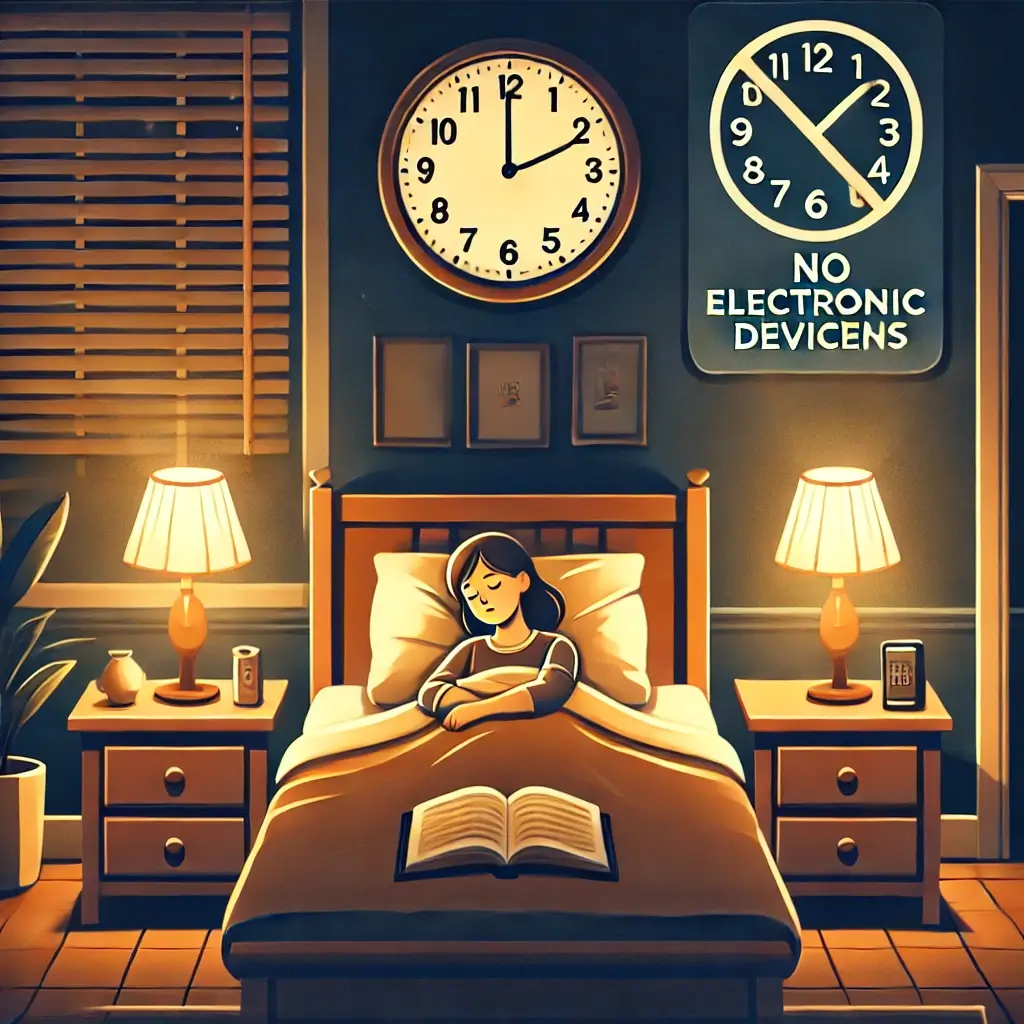Executive Jet Lag Systems: Complete Physiological Reset Protocols for International Travelers
In today’s global economy, high-performing business leaders often find themselves hopping across time zones with little thought for the physiological toll jet lag takes on their minds and bodies. Yet, science now offers a host of powerful tools and protocols to reset your internal biology, minimize disruption, and maintain peak mental performance—no matter where you land.
Why Jet Lag is a High-Stakes Health Issue for Executives
In our fast-paced, globalized world, high-level business executives and globe-trotting professionals are crossing multiple time zones with increasing frequency. While international air travel has enabled real-time collaboration and decision-making, it also carries a significant physiological cost—jet lag.
Jet lag disrupts the body’s internal clock, or circadian rhythm, which governs everything from your sleep quality to cognitive alertness and digestion. The symptoms—fatigue, insomnia, irritability, brain fog, even impaired decision-making—can derail major deals, presentations, or boardroom clarity. For traveling professionals under intense pressure to perform, the inability to manage circadian disruption goes beyond a minor nuisance; it can compromise productivity, leadership ability, and health.
Cracking the Code: The Science Behind Circadian Reset
Jet lag stems from circadian misalignment caused by rapid time-zone changes. The body’s master clock—the suprachiasmatic nucleus (SCN)—regulates circadian rhythms in conjunction with environmental cues, particularly light exposure. Disrupt this alignment, and your sleep-wake cycle, hormonal activity, and core temperature all go haywire.
Groundbreaking studies have revealed that the strategic use of light, melatonin, and behavioral timing can sharply reduce jet lag‘s duration. Insights from the Stanford University Center for Sleep Sciences and Medicine, Harvard Medical School’s Division of Sleep Medicine, and research published in the journal Sleep provide the foundation for Executive Jet Lag Systems—customized protocols using science-based tools to make long-haul travel less taxing.
Wearable Tech & Smart Tools: Inside Today’s Executive Jet Lag Toolbox
Innovations in wearable tech and mobile apps mean that circadian science is now at your fingertips. These tools convert rigorous sleep science into user-friendly protocols.
Light therapy glasses like Re-Timer deliver specific wavelengths to your retina, rebalancing your circadian rhythm en route. Apps like Timeshifter provide hyper-personalized jet lag plans that tell you when to sleep, seek or avoid light, have caffeine, and even when to take melatonin—based on your exact flight itinerary, chronotype, and personal preferences.
In addition, melatonin supplementation has shown promise in studies (Journal of Clinical Sleep Medicine), particularly when taken at the right dosage (0.5–5 mg) and time (30 minutes before target destination bedtime). Together, these tools form the core of Executive Jet Lag Systems: strategic use of light, sleep conditioning, biofeedback, and timing—engineered to deliver a complete physiological reset.
Elite Protocols for the Global Executive
What distinguishes Executive Jet Lag Systems from everyday tips is their comprehensive, multi-pronged approach. These protocols often include:
– Scheduled light exposure (aligned with destination time)
– Precisely timed melatonin or supplement intake
– Controlled caffeine use for performance without overstimulation
– Wearable light devices and personalized sleep-tech apps
– Pre-adjusted sleep environments (hotel blackout curtains, cooling systems, travel sleep masks)
The result? Faster adaptation to new time zones, improved mental clarity, and reduced health risks from chronic circadian disruption.
Redefining Travel: Sleep Science as a Performance Strategy
Jet lag is a solvable problem—if we stop treating it as incidental and instead approach it as a critical performance variable. Top executives and high-performance teams now use sleep science and circadian alignment the way athletes use hydration and nutrition—as non-negotiable performance levers. Integrating Executive Jet Lag Systems into your global travel routine is no longer a luxury, but a success strategy.
The Final Boarding Call: Make Jet Lag Optional
The modern executive, constantly navigating borders and time zones, can no longer afford to neglect the science of circadian rhythm regulation. Jet lag has evolved from an unfortunate side effect of travel into a performance liability—and an opportunity.
Comprehensive Executive Jet Lag Systems offer far more than convenience—they provide physiological readiness, increased cognitive capacity, and even immune resilience. Managing your sleep intelligently isn’t a wellness bonus—it’s a leadership imperative.
Whether you’re flying east to London or west to Tokyo, these modern protocols empower you to arrive aligned, awake, and alert. In the competitive world of high-stakes international business, that kind of edge can be your biggest asset.
Summary:
Executive Jet Lag Systems offer a comprehensive, science-backed approach to minimizing the impact of jet lag on global business leaders. By leveraging the latest insights in circadian science, personalized light therapy, melatonin supplementation, and smart sleep tech, these protocols help executives maintain peak mental performance and physiological readiness, no matter where they travel.
References:
[1] Stanford Center for Sleep Sciences and Medicine. Light Therapy for Circadian Adjustment. https://med.stanford.edu/sleepcenter
[2] Harvard Medical School Division of Sleep Medicine. Circadian Rhythms and Jet Lag. https://healthysleep.med.harvard.edu
[3] Journal Sleep. Pulsed Light Therapy for Circadian Phase Shifting. https://academic.oup.com/sleep
[4] Journal of Clinical Sleep Medicine. Melatonin Use and Jet Lag Treatment. https://jcsm.aasm.org

Dominic E. is a passionate filmmaker navigating the exciting intersection of art and science. By day, he delves into the complexities of the human body as a full-time medical writer, meticulously translating intricate medical concepts into accessible and engaging narratives. By night, he explores the boundless realm of cinematic storytelling, crafting narratives that evoke emotion and challenge perspectives.
Film Student and Full-time Medical Writer for ContentVendor.com




